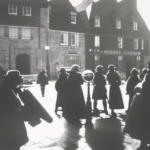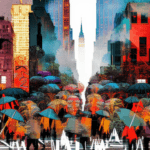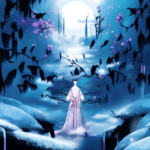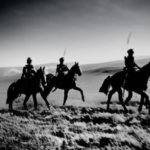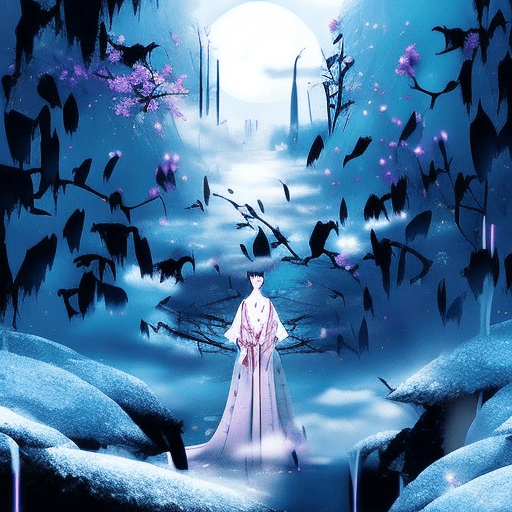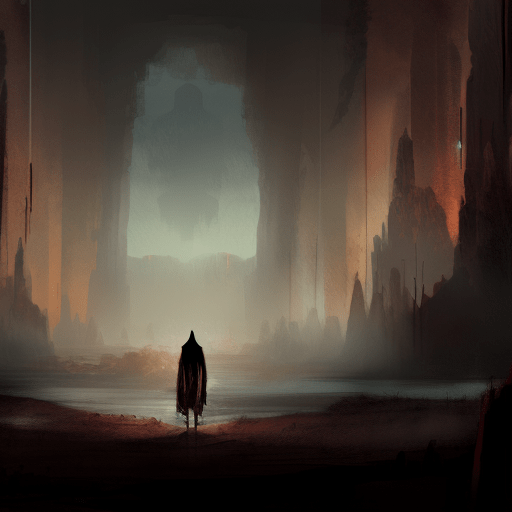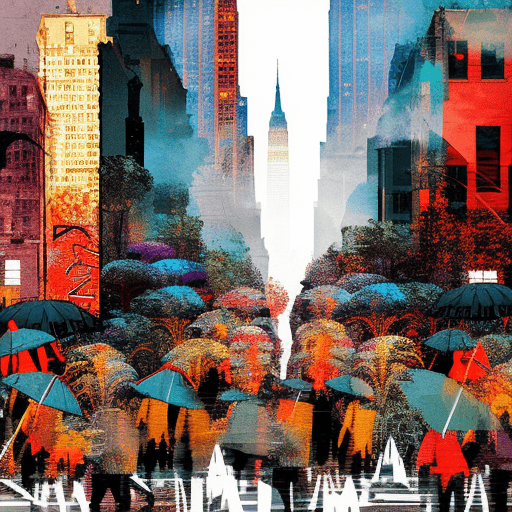One-line Summary:
In “Spring Snow,” a novel by Yukio Mishima, the complex relationships and societal pressures of early 20th-century Japan are explored through the story of a young aristocrat torn between duty and desire.
The World of the Aristocracy
Set in the early 20th century, “Spring Snow” takes readers into the intricate world of the Japanese aristocracy. The story revolves around the protagonist, Kiyoaki Matsugae, a young aristocrat who is caught between his duty to his family and his passionate love for a young woman named Satoko Ayakura. As the novel unfolds, readers are immersed in a society where tradition, hierarchy, and honor hold immense power.
Kiyoaki’s upbringing in a noble family shapes his worldview and influences his actions throughout the novel. He is torn between his desire for Satoko and the expectations placed upon him to fulfill his family’s obligations. The rigid social structure of the aristocracy adds another layer of complexity to Kiyoaki’s struggle, as he grapples with the tension between his personal desires and societal expectations.
The Conflict of Love and Duty
At the heart of “Spring Snow” lies the conflict between love and duty. Kiyoaki’s love for Satoko is intense and all-consuming, but it is also seen as a threat to his family’s reputation and the stability of the aristocratic order. As a result, Kiyoaki finds himself torn between his desire to be with Satoko and his duty to uphold his family’s honor.
This conflict is further complicated by the societal expectations placed upon Kiyoaki as a member of the aristocracy. He is expected to marry a suitable woman and continue his family’s lineage, but his love for Satoko challenges these expectations. Kiyoaki’s struggle to reconcile his personal desires with his duty to his family creates a poignant and tragic narrative that drives the story forward.
The Fragility of Tradition
“Spring Snow” also explores the fragility of tradition in a rapidly changing world. As Japan undergoes modernization and Western influences begin to seep into society, the aristocracy finds itself at odds with the shifting tides of change. The novel portrays a society clinging to its traditions and struggling to adapt to a new era.
The characters in “Spring Snow” grapple with the tension between tradition and progress, highlighting the challenges faced by the aristocracy as their way of life becomes increasingly obsolete. Mishima’s portrayal of this struggle serves as a reflection on the broader societal changes taking place in Japan during this time period.
Key Takeaways:
- The conflict between personal desires and societal expectations is a central theme in “Spring Snow,” as the protagonist, Kiyoaki, grapples with the tension between love and duty.
- The novel explores the intricate world of the Japanese aristocracy and the pressures they face to uphold tradition and honor.
- Mishima’s portrayal of the fragility of tradition serves as a reflection on the broader societal changes taking place in early 20th-century Japan.
“Spring Snow” delves into the complexities of love, duty, and tradition, offering a poignant exploration of the human condition in the face of societal pressures.
In conclusion, “Spring Snow” is a captivating novel that delves into the complexities of love, duty, and tradition in early 20th-century Japan. Through the story of Kiyoaki Matsugae, readers are taken on a journey that explores the conflict between personal desires and societal expectations. Mishima’s vivid portrayal of the aristocracy and their struggle to adapt to a changing world offers valuable insights into the human condition. Ultimately, “Spring Snow” serves as a timeless exploration of the universal themes of love, duty, and the fragility of tradition.
